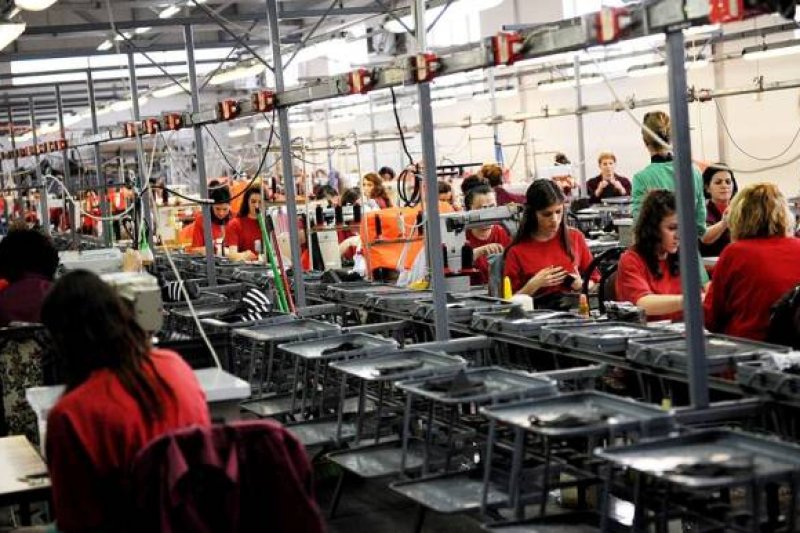Labor Productivity Remains Lowest in Region
The data of the Bank of Albania showed that labor productivity showed signs of improvement in the first quarter of this year, influencing the reduction of the unit labor cost indicator in the economy.
However, comparative statistics show that Albania continues to have the lowest level of labor productivity in the region and one of the lowest in Europe. In general, labor productivity is measured as the ratio of the value of production to the time spent on it.
Comparative statistics is used as a unit of measurement of the international dollar, a hypothetical monetary unit used in the function of purchasing power parity.
According to data from the International Labor Organization, the Gross Domestic Product per working hour in Albania last year was estimated at 16.5 international dollars. This indicator has increased by 5.8% compared to 2022, but the gap with the neighboring countries of the region remains significant.
Among the countries of the region, Albania is preceded by Serbia, with 20.6 dollars, Bosnia Herzegovina, with 21.5 dollars, North Macedonia, with 22.7 dollars, and Montenegro, with 25.8 dollars.
Labor productivity in Albania remains the lowest in the region. Only a few Eastern European countries, such as Moldova or Ukraine, have lower labor productivity than Albania.
The main factors that determine the level of productivity are investments in fixed assets, the use of new technologies in production, and the quality of human capital or the skills of the labor force. Low productivity at work is generally explained by the above factors, which means that the Albanian economy may need more investments in technology, but in the quality and formation of human resources.
In the decades after the fall of communism, the low cost of labor and high informality have not created many incentives to increase productivity in the Albanian economy.
Due to low wages, enterprises have not invested much in machinery, equipment, and new technologies, which would enable production to increase without increasing labor costs.
Another problem for the Albanian economy seems to have been the ability of the workforce. The declining quality of the education system and especially the mismatch between demand and supply in the labor market have deepened the skills gap. Entrepreneurs often complain that when they need employees, they have to train them themselves. This too has a cost in terms of productivity.
In theory, increasing productivity is one of the prerequisites for increasing the standard of living. When an economy increases productivity, it produces more per unit of labor time. Increased productivity brings more goods and services for consumption, without adding to upward pressure on prices.
But, in recent years, the Albanian economy has faced a lack of labor force, which has encouraged an increase in the average salary at a fast pace. The increase in wages can create more pressure on the need to increase labor productivity so that businesses can maintain competitiveness.













